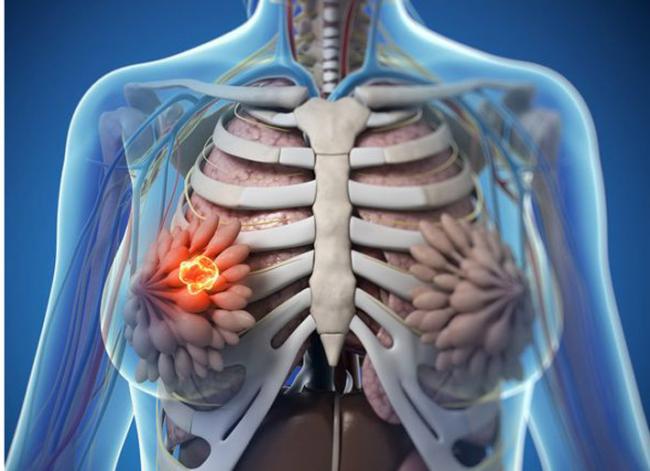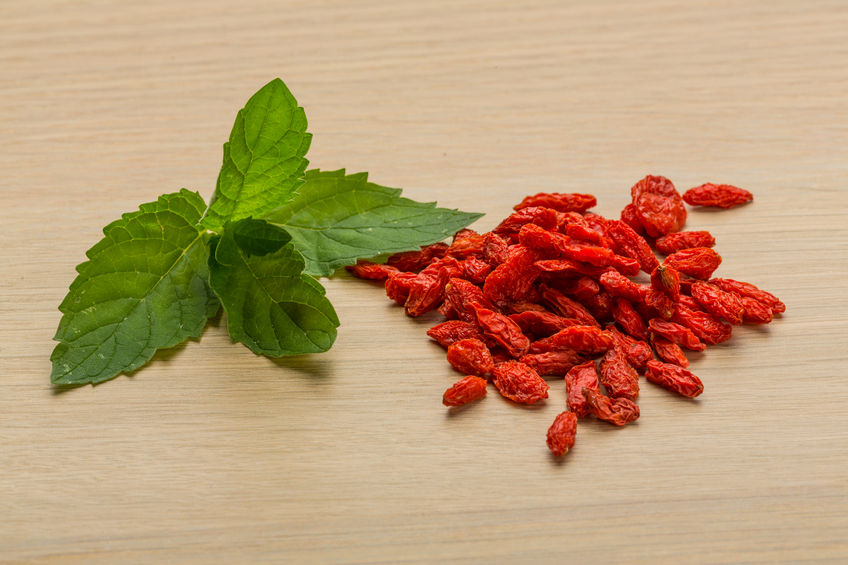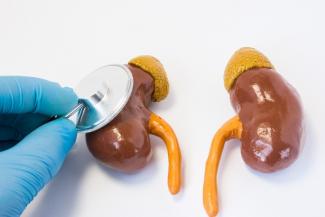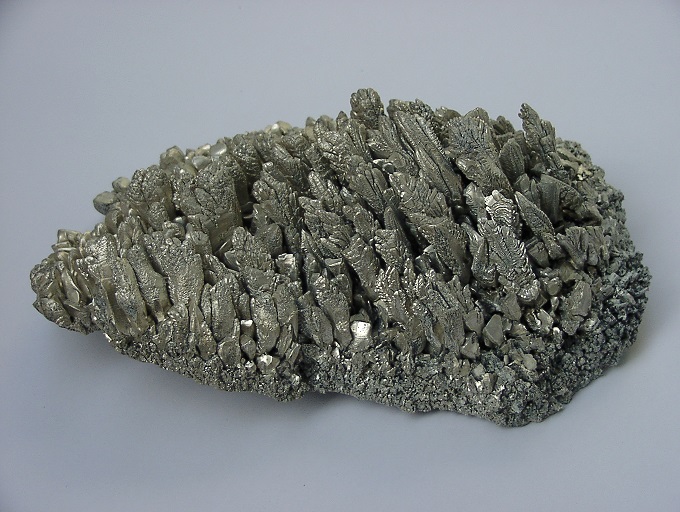[1] [No author mentioned]. “Common infections and your child.” Caring for Kids · https://www.caringforkids.cps.ca/handouts/health-conditions-and-treatments/common_infections_and_your_child · Updated 2018‑08.
[2] Okada, H., et al. “The hygiene hypothesis for autoimmune and allergic diseases: An update.” Clinical and Experimental Immunology, Vol. 160, No. 1 (2010): 1–9.
[3] Ball, T.M., et al. “Siblings, day-care attendance, and the risk of asthma and wheezing during childhood.” The New England Journal of Medicine, Vol. 343, No. 8 (2000): 538–543.
[4] Bach, J.F. “The effect of infections on susceptibility to autoimmune and allergic diseases.” The New England Journal of Medicine, Vol. 347, No. 12 (2002): 911–920.
Like, A.A., D.L. Guberski, and L. Butler. “Influence of environmental viral agents on frequency and tempo of diabetes mellitus in BB/Wor rats.” Diabetes, Vol. 40, No. 2 (1991): 259–262.
[5] Eder, W., M.J. Ege, and E. von Mutius. “The asthma epidemic.” The New England Journal of Medicine, Vol. 355, No. 21 (2006): 2226–2235.
[6] Bieber, T. “Atopic dermatitis.” The New England Journal of Medicine, Vol. 358, No. 14 (2008): 1483–1494.
[7] Bach, J.F. “The effect of infections on susceptibility to autoimmune and allergic diseases.” The New England Journal of Medicine, Vol. 347, No. 12 (2002): 911–920.
Gale, E.A.M. “The rise of childhood type 1 diabetes in the 20th century.” Diabetes, Vol. 51, No. 12 (2002): 3353–3361.
Mayr, W.T., et al. “Incidence and prevalence of multiple sclerosis in Olmsted County, Minnesota, 1985–2000.” Neurology, Vol. 61, No. 10 (2003): 1373–1377.
[8] Lötvall, J., et al. “We call for iCAALL: International Collaboration in Asthma, Allergy and Immunology.” The World Allergy Organization Journal, Vol. 5, No. 3 (2012): 39–40.
[9] Strachan. D.P. “Hay fever, hygiene, and household size.” BMJ, Vol. 299, No. 6710 (1989): 1259–1260.
[10] Skevaki, C., et al. “Influenza-derived peptides cross-react with allergens and provide asthma protection.” The Journal of Allergy and Clinical Immunology, Vol. 142, No. 3 (2018): 804–814.
[11] Conrad, M.L., et al. “Maternal TLR signaling is required for prenatal asthma protection by the nonpathogenic microbe Acinetobacter lwoffii F78.” Journal of Experimental Medicine, Vol. 206, No. 13 (2009): 2869–2877.
[12] Wang, Y., et al. “Probiotics for prevention and treatment of respiratory tract infections in children: A systematic review and meta-analysis of randomized controlled trials.” Medicine, Vol. 95, No. 31 (2016): e4509.
[13] Liu, Y., J.J. Alookaran, and J.M. Rhoads. “Probiotics in autoimmune and inflammatory disorders.” Nutrients, Vol. 10, No. 10 (2018): 1537.
De Luca, F., and Y. Shoenfeld. “The microbiome in autoimmune diseases.” Clinical and Experimental Immunology, Vol. 195, No. 1 (2019): 74–85.
[14] Lindqvist, P.G., et al. “Avoidance of sun exposure as a risk factor for major causes of death: A competing risk analysis of the Melanoma in Southern Sweden cohort.” Journal of Internal Medicine, Vol. 280, No. 4 (2016): 375–387.
[15] Janz, T., and C. Pearson. “Vitamin D blood levels of Canadians.” Health at a Glance, Statistics Canada · https://www150.statcan.gc.ca/n1/pub/82-624-x/2013001/article/11727-eng.htm · Modified 2015-11-27.
[16] Yang, C.-Y., et al. “The implication of vitamin D and autoimmunity: A comprehensive review.” Clinical Reviews in Allergy & Immunology, Vol. 45, No. 2 (2013): 217–226.
[17] Provvedini, D.M., et al. “1,25‑dihydroxyvitamin D3 receptors in human leukocytes.” Science, Vol. 221, No. 4616 (1983): 1181–1183.
Veldman, C.M., M.T. Cantorna, and H.F. DeLuca. “Expression of 1,25‑dihydroxyvitamin D3 receptor in the immune system.” Archives of Biochemistry and Biophysics, Vol. 374, No. 2 (2000): 334–338.
[18] Adorini, L., and G. Penna. “Control of autoimmune diseases by the vitamin D endocrine system.” Nature Clinical Practice. Rheumatology, Vol. 4, No. 8 (2008): 404–412.
[19] Alroy, I., T.L. Towers, and L.P Freedman. “Transcriptional repression of the interleukin‑2 gene by vitamin D3: Direct inhibition of NFATp/AP-1 complex formation by a nuclear hormone receptor.” Molecular and Cellular Biology, Vol. 15, No. 10 (1995): 5789–5799.
Lemire, J.M., et al. “Immunosuppressive actions of 1,25‑dihydroxyvitamin D3: Preferential inhibition of Th1 functions.” The Journal of Nutrition, Vol. 125, No. 6 Suppl. (1995): 1704S–1708S.
Cippitelli, M., and A. Santoni. “Vitamin D3: A transcriptional modulator of the interferon‑γ gene.” European Journal of Immunology, Vol. 28, No. 10 (1998): 3017–3030.
[20] Beard, J.A., A. Bearden, and R. Striker. “Vitamin D and the anti-viral state.” Journal of Clinical Virology, Vol. 50, No. 3 (2011): 194–200.
[21] Urashima, M., et al. “Randomized trial of vitamin D supplementation to prevent seasonal influenza A in schoolchildren.” The American Journal of Clinical Nutrition, Vol. 91, No. 5 (2010): 1255–1260.
[22] Papadimitriou, D.T. “The big vitamin D mistake.” Journal of Preventive Medicine and Public Health, Vol. 50, No. 4 (2017): 278–281.
[23] Martin, S.A., B.D. Pence, and J.A. Woods. “Exercise and respiratory tract viral infections.” Exercise and Sport Sciences Reviews, Vol. 37, No. 4 (2009): 157–164.
Baskaran, V., et al. “Effect of tobacco smoking on the risk of developing community acquired pneumonia: A systematic review and meta-analysis.” PLoS One. Vol. 14, No. 7 (2019): e0220204.
Ritter, A., et al. “Obesity and COVID‑19: Molecular mechanisms linking both pandemics.” International Journal of Molecular Sciences, Vol. 21, No. 16 (2020): 5793.












